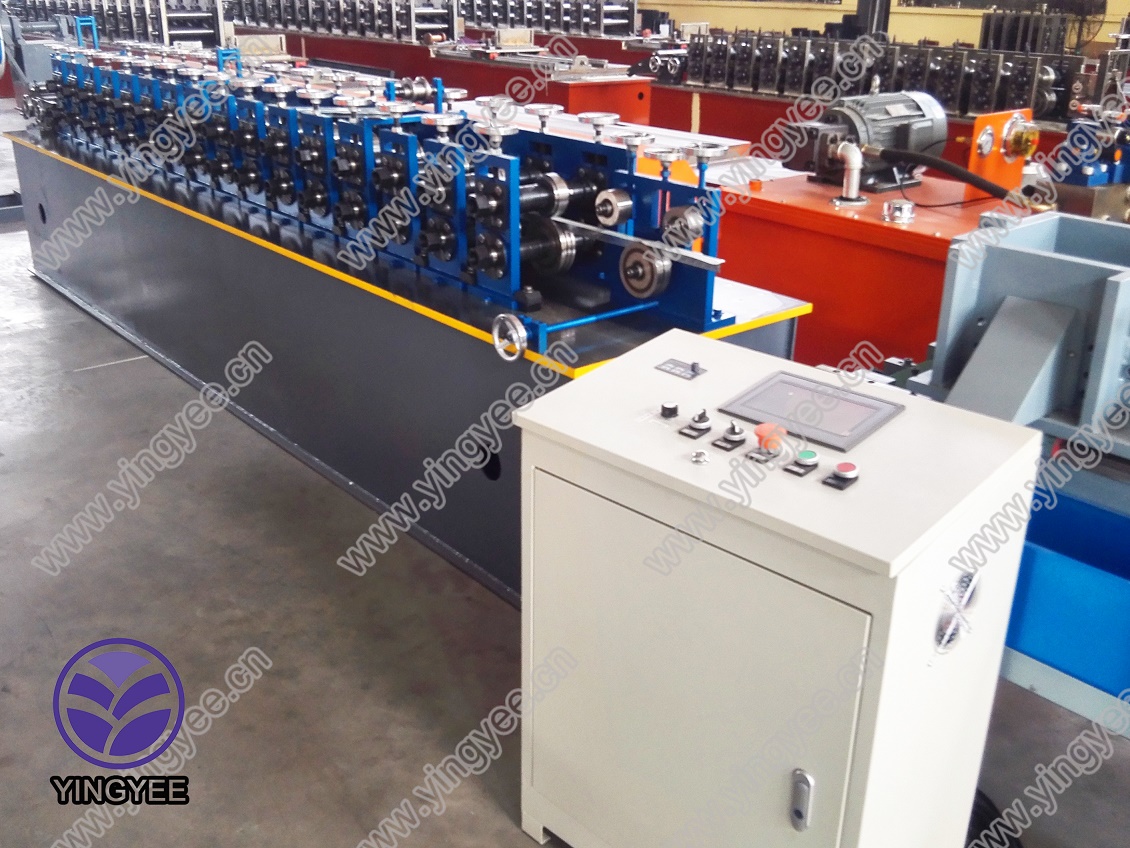
Understanding Steel Slitting Line Machines
Steel slitting line machines play a critical role in the processing of metal coils, transforming wide coils of steel into narrower strips that meet specific industrial requirements. The operation of these machines is fundamental in various sectors, including automotive, construction, and manufacturing. Understanding how steel slitting lines work and their significance in the industry can provide insights into their essential functions and applications.
A typical steel slitting line consists of several key components, including uncoilers, slitting shear, recoilers, and various support mechanisms. The process begins with the uncoiler, which unwinds a large coil of steel. This coil is usually around 1,000 mm to 2,000 mm wide and can weigh several tons. The uncoiler feeds the steel strip into the slitting shear, which contains rotary blades arranged in a precise manner. These blades cut the steel strip into multiple narrower strips based on the desired width.
The slitting process is critical as it requires precise alignment and adjustment of the blades. The quality of the slitting line is often determined by its ability to maintain tight tolerances, ensuring that the strips produced are uniform in width and free from defects. Advanced slitting lines utilize computerized controls and sensors to manage the positioning and feeding of the steel, significantly reducing the chances of errors and improving efficiency.
Once the steel strips are cut, they are wound onto recoilers, which can handle multiple strips simultaneously. The recoiler’s role is vital in managing the resulting narrower steel coils, making them easy to transport and process further in downstream applications. The entire slitting process is often automated, showcasing the advancements in technology that have significantly increased production speeds and overall efficiency.

One of the essential advantages of using steel slitting line machines is their versatility
. The machines can accommodate various steel grades and thicknesses, making them suitable for diverse applications. From high-strength alloy steel used in automotive manufacturing to stainless steel destined for construction projects, the slitting line can effectively cater to different requirements. Furthermore, the machines can be adapted for specific processes, such as tension leveling, which ensures that the finished strips are flat and meet stringent quality standards.In recent years, the steel industry has seen a shift towards sustainability, and slitting line machines are no exception. Modern machines are designed to minimize waste and energy consumption. Innovations such as optimized blade designs and improved drive systems contribute to reducing scrap material during the slitting process. Additionally, some machines incorporate recycling systems to handle any off-cuts or defects, further aligning with industry sustainability goals.
The global market for steel slitting line machines continues to expand, driven by increasing demands from the manufacturing and construction sectors. As industries evolve and seek more efficient production processes, the role of slitting lines becomes even more crucial. Manufacturers are continually investing in more advanced and automated slitting line technologies to improve productivity and maintain competitive advantages.
In conclusion, steel slitting line machines are indispensable in the metal processing industry, transforming wide steel coils into narrow strips that serve numerous purposes. Their advanced technology ensures precision, efficiency, and versatility, while ongoing innovations help meet the evolving needs of various sectors. As the steel industry moves towards more sustainable practices, slitting line machines will undoubtedly adapt and continue to play a vital role in metal processing for years to come.